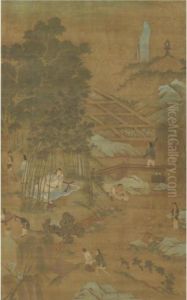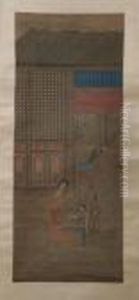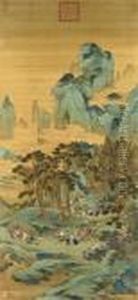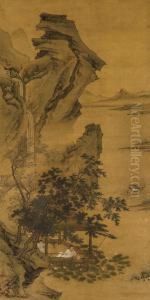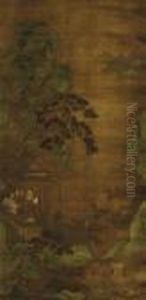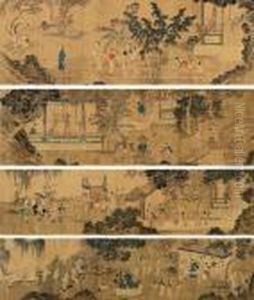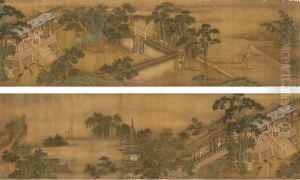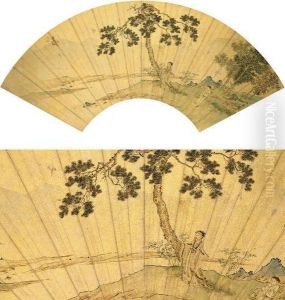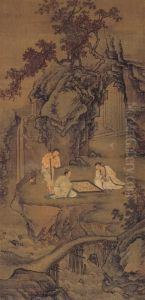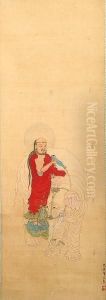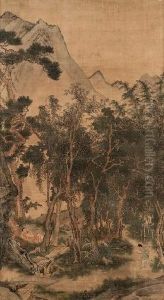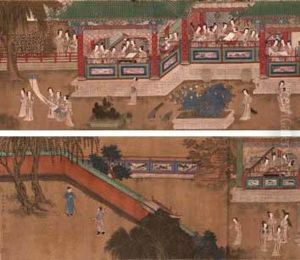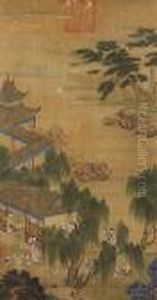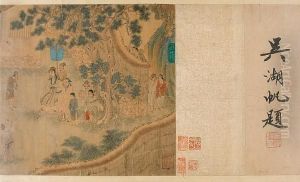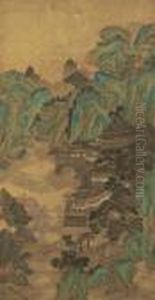Qiu Ying Paintings
Qiu Ying was a Chinese painter who specialized in the gongbi brush technique, a meticulous style that uses highly detailed brushstrokes. He was born during the Ming Dynasty in Taicang, Suzhou in the Jiangsu province and was one of the Four Masters of the Ming Dynasty, alongside Shen Zhou, Wen Zhengming, and Tang Yin. Despite his humble origins as the son of a peasant, Qiu Ying managed to rise in status through his artistry. He was largely self-taught, which was unusual for his time, as most artists learned through apprenticeships in established studios. Qiu Ying's works often depicted historical narratives, legends, and landscapes with a refined and elegant approach. He was known for his ability to blend the styles of his predecessors with his own innovations, creating works that were highly sought after by the literati of his time. His paintings also featured women and were characterized by their delicate lines, rich colors, and detailed representation. Unfortunately, Qiu Ying's life is not well-documented, and many details about his personal history remain unclear. He worked primarily for wealthy patrons, including members of the imperial court, and his paintings were collected by connoisseurs. The artist's legacy is preserved through his surviving works, which continue to be celebrated for their beauty and technical skill. Qiu Ying's influence extended beyond his lifetime, as he inspired future generations of painters who sought to emulate his technique and style.
